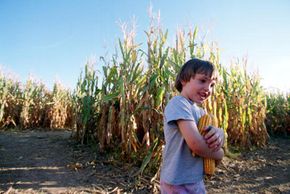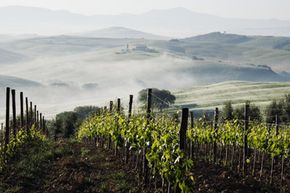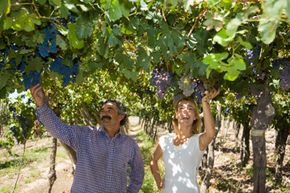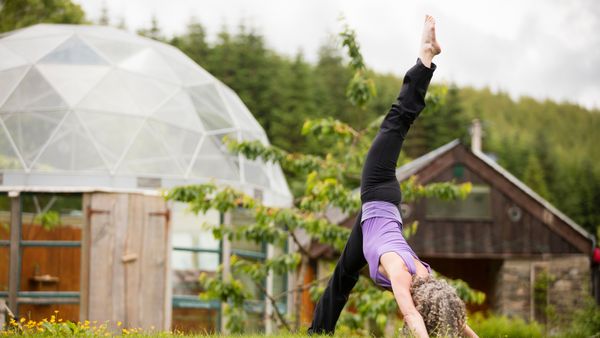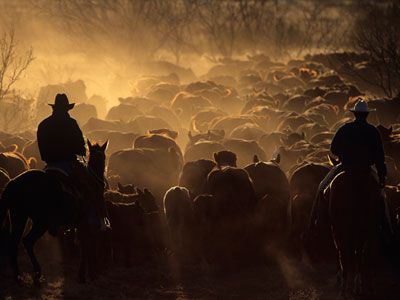A farm's basic business has always consisted of growing crops or raising livestock that can be sold as goods to a consumer or as commodities for further processing -- like cattle sold to slaughter or grapes sold to a winery. However, in recent years, the input costs for raising livestock and crops have risen, and commodity prices have fallen.
This alone was enough to put a major financial strain on many farms. But two other factors also contributed to some farmers being forced to find new ways of making a living on the side:
Globalization: Farmers used to only have to contend with regional market competition, but improved means of transportation, communication and international trade have broadened the market, putting farms from opposite sides of the globe in direct competition with each other.
Industrialization: Smaller farm operations are now forced to contend with not only each other, but with industrialized agriculture as well. These large farming companies are able to produce more products for less money thanks to the use of large-scale facilities and modern technology.
Farmers struggling to get by have had to face the choice of leaving the agriculture business, finding employment on the side or discovering new uses for existing resources. This is where agritourism comes in. An added appeal is that, in many situations, very little additional investment is needed for farmers to begin reaping the benefits.
From a business standpoint, agritourism can play three basic roles for the farmer:
- As a supplementary enterprise, agritourism supports the farm's primary role as a farm. The production of goods and commodities still generates most of the income while agritourism, like a dairy offering tours to school groups, provides a little on the side.
- As a complementary enterprise, agritourism and traditional agriculture provide relatively equal profits to the farmer. An example of this would be a pumpkin farm where half the crops are sold to a wholesaler (who then provides pumpkins to supermarkets), while the other half are provided to paying guests who participate in a farm fall festival or jack-o'-lantern carving contest.
- As a primary enterprise, agritourism takes center stage on a farm. Any wholesale trade supplements the agritourism business. An example of this would be an apple farm that makes most of its money from guests paying to spend a weekend there, but still sells some apples to wholesalers on the side to boost profits.
These varying levels of involvement make agritourism an attractive possibility for farmers since the cost and scope of the investment can vary dramatically. Additionally, as with ecotourism, which involves marketing preserved, natural habitats to ecologically-minded travelers, agritourism operations tend to be small-scale with relatively little impact on the area. This means most farmers looking to get in on the agritourism business don't have to worry about their land and facilities suffering from a high volume of visitors.
Agritourism gives farmers the opportunity to educate visitors about their way of life and share their agricultural heritage with others. In the next section, we'll look at the various forms agritourism can take.
